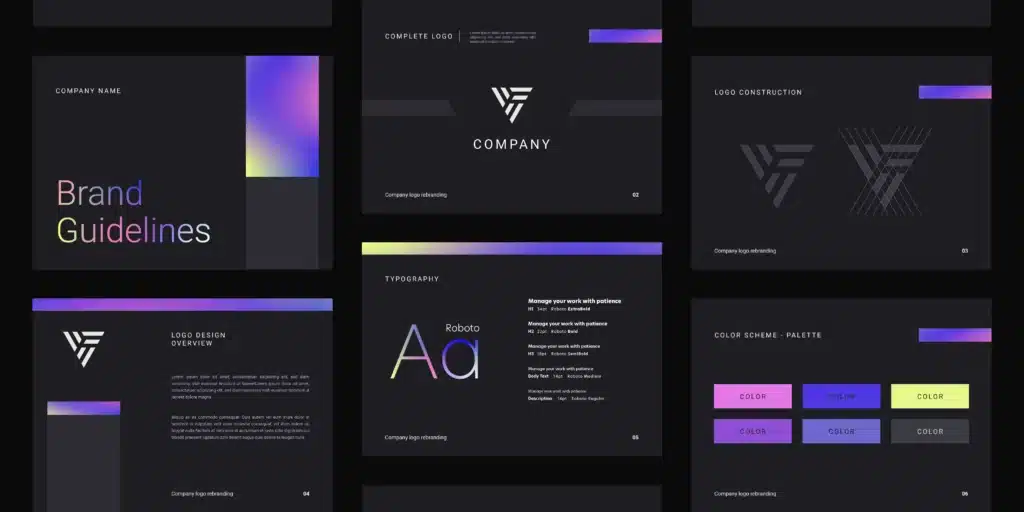Pulse of Information
Your source for the latest insights and updates.
Typography Tricks That Turn Browsers into Bookworms
Unlock the secrets of typography that captivate readers and transform casual browsers into passionate bookworms! Discover the magic today!
Mastering Typography: 10 Tricks to Captivate Your Readers
Typography is a critical element of web design that can make or break your content's readability. Mastering typography involves understanding font choices, sizes, and styles that resonate with your audience. To captivate your readers, consider implementing the following techniques:
- Choose the Right Font: Select fonts that align with your brand personality and enhance readability.
- Establish a Hierarchy: Use heading styles to create a clear visual structure, guiding readers through your content.
- Utilize White Space: Proper spacing can improve comprehension and make your text more inviting.
- Create Contrast: Ensure there’s a strong contrast between your text and background colors for better legibility.
- Limit Font Variety: Stick to 2-3 fonts for a cohesive look that doesn’t overwhelm your readers.
In addition to these foundational typographic principles, you can further engage your audience with more advanced techniques. Consider these tips:
- Leverage Font Pairing: Combining contrasting fonts can create visual interest and guide the reader's eye.
- Implement Responsive Typography: Ensure that your text looks great on all devices by adjusting font sizes according to screen dimensions.
- Use Text Effects Sparingly: Subtle effects like shadows or highlights can add depth without distracting from your message.
- Justify Your Text Wisely: Left-aligned text is usually easier to read than justified text, particularly in longer passages.
- Experiment with Line Length: Aim for 50-75 characters per line for optimal readability.

The Science of Fonts: How Typography Influences Reading Habits
The science of fonts plays a crucial role in shaping reading habits and influencing how information is perceived by readers. Typography, defined as the art and technique of arranging type, involves not just the selection of the font but also the spacing, size, and layout of text. Studies have shown that different fonts can evoke various emotional responses and impact a reader's engagement with the content. For instance, serif fonts such as Times New Roman are often viewed as more traditional and formal, while sans-serif fonts like Arial are considered modern and clean, making them more suitable for digital platforms.
Moreover, the legibility of a font significantly affects reading habits and comprehension. Research indicates that fonts with larger x-heights and wider letter spacing improve readability, especially for individuals with dyslexia or visual impairments. As a result, designers and content creators should carefully consider their typography choices to enhance accessibility and user experience. In the digital age, where attention spans are dwindling, understanding the psychological aspects of typography can be the difference between captivating an audience or losing them to a less engaging presentation.
What Typography Techniques Keep Readers Engaged and Coming Back for More?
Typography plays a crucial role in keeping readers engaged and encouraging them to return to your blog. One effective technique is to use a hierarchy of text, which involves varying font sizes, weights, and styles to guide the reader's attention. For example, using larger, bolder headings for main topics and smaller, regular text for supporting details creates a clear path through your content. Additionally, incorporating white space effectively can reduce visual clutter, making it easier for readers to concentrate on your message. By breaking up text with subheadings, bullet points, and highlighted quotes, you provide natural pauses, allowing readers to digest information more comfortably.
Another important typography technique is to choose a legible typeface that matches your blog's tone and content. Readability can be significantly affected by the choice of font; for instance, sans-serif fonts often work well for online content due to their clean lines and modern feel. Further, employing consistent line spacing and paragraph length can enhance the reading experience. Ideally, aim for a line height between 1.5 and 1.75 for improved legibility. Lastly, consider the contrast between the text and background colors to ensure that your content is accessible to all readers, including those with visual impairments. A well-thought-out typography strategy not only maintains engagement but also builds a loyal readership.